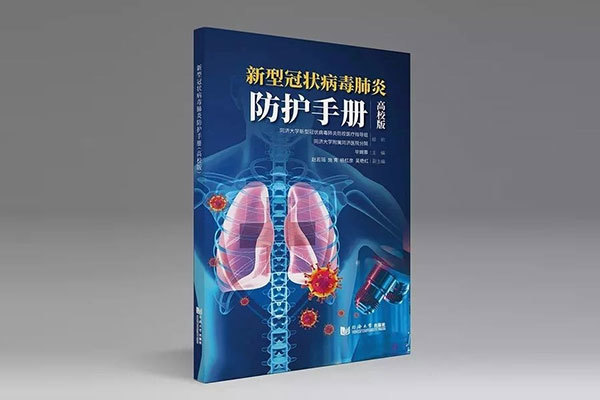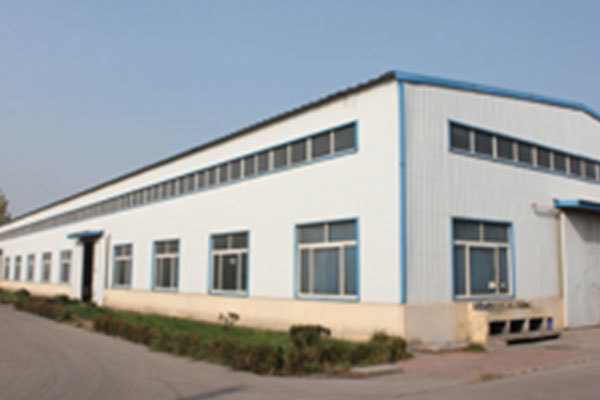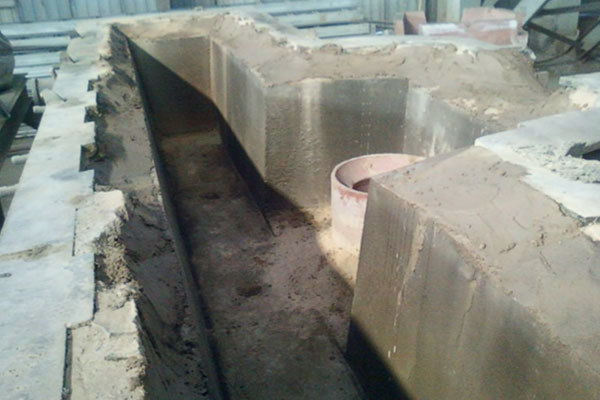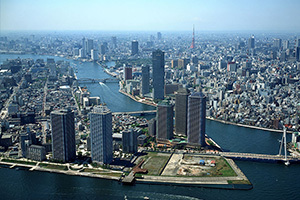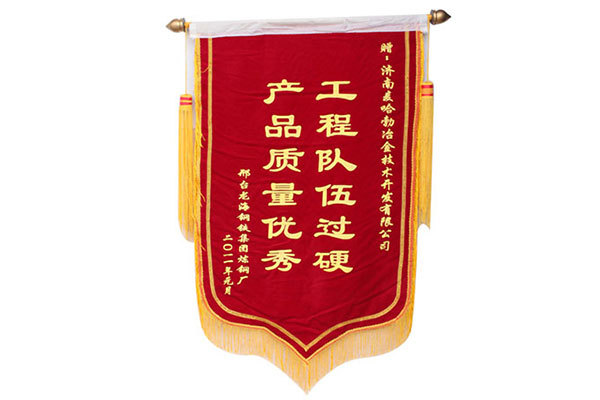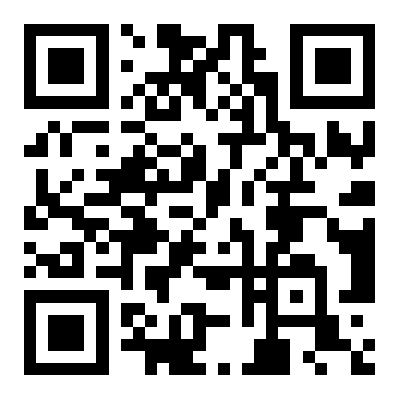Jinan Maihabo Metallurgical Technology Development Co., Ltd. Handbook on Personal Protection for Prevention and Control of Pneumonia in Response to Novel Coronavirus Infections
Release time:
2020-02-19 00:00
Original title: Personal Protection Knowledge for Prevention and Control of Novel Coronavirus Infected Pneumonia Manual
Personal Protection Knowledge
(I) Hand Washing
1. How to protect yourself from the infection of pneumonia by the new coronavirus?
(1) Wash your hands regularly. Use soap or hand sanitiser, wash your hands with running water, and wipe your hands with disposable paper towels or clean towels. Wash your hands immediately after contact with respiratory secretions (e.g. after sneezing).
(2) Maintain good respiratory hygiene. When coughing or sneezing, cover your mouth and nose with tissue paper or towel, wash your hands after coughing or sneezing, and avoid touching your eyes, nose or mouth with your hands.
(3) Enhance physical fitness and immunity. Eat a balanced diet, exercise moderately, work and rest regularly, and avoid excessive fatigue.
(4) Keep the environment clean and ventilated. Open the windows several times not less than three times a day for 20-30 minutes each time. When the outdoor air quality is poor, the frequency and time of ventilation should be reduced appropriately.
(5) Minimise activities in crowded places and avoid contact with patients with respiratory infections.
(6) If symptoms of respiratory infections such as cough, runny nose and fever occur, rest in isolation at home and seek medical advice as soon as possible if the fever does not subside or the symptoms worsen.
2. What is the role of hand washing in preventing respiratory tract infections?
Proper hand washing is one of the most effective measures to prevent diarrhoea and respiratory infections. Authorities such as the National Centre for Disease Control and Prevention (NCDC), WHO and the US CDC all recommend washing hands with soap and water (running water).
3, the correct hand washing need to master the six-step washing method:
The first step, the palms of the hands rubbed each other (hands together five times)
The second step, the hands cross scrub finger cracks (palms to the back of the hands, hands crossed over each other, left and right hand exchanges each scrubbing five times)
Step 3, palm to palm scrub finger cracks (palms opposite each other, fingers interlocked, scrub five times)
The fourth step, fingertips scrubbing the heart of the hand, the same as the left and right hands (fingertips placed in the palm of the hand scrubbing each other scrubbing five times)
Step 5, one hand holding the other hand's thumb scrubbing, left and right hand the same five times rubbing
Sixth step, bend the fingers so that the joints in the palm of the other hand to rotate and rub, exchange for each rub five times
4, which moments need to wash their hands?
(1) Before and after passing documents
(2) after coughing or sneezing
(3) Before, during and after food preparation
(4) Before eating
(5) After going to the toilet
(6) When hands are dirty
(7) After touching another person
(8) After contact with animals
(9) After returning from a trip
5、What should I do if I don't have fresh water to wash my hands while travelling?
You can use alcohol-based disinfectant products to clean your hands. Human coronavirus does not tolerate acid or alkali and is sensitive to organic solvents and disinfectants. 75% alcohol can inactivate the virus, so alcohol-based disinfectant products of a certain concentration can be used as an alternative to soap and running water for hand washing.
(ii) Masks
1、How should I choose a mask?
Choice one: disposable medical masks, worn continuously for 4 hours replacement, immediately after contamination or moisture replacement;
Option 2: N95 medical protective masks, replace them for 4 hours of continuous wear, and replace them immediately after contamination or wetness.
Cotton masks and sponge masks are not recommended.
2、Correct use of masks
The use of medical masks:
(1) The mask with dark colour is the front, the front should face outward, and there is a metal strip of nose clip on the medical mask.
(2) face should be the reverse side of the medical mask, that is, the lighter side of the colour, in addition, pay attention to the part with the metal bar should be in the top of the mask, do not wear the opposite.
(3) After separating the front, back, top and bottom of the mask, wash your hands first to make sure the mask is correct, and then hang the strings at both ends on your ears.
(4) The last step, also mentioned the metal bar problem, the mask will be worn, you need to use both hands to press the metal bar on both sides of the bridge of the nose, so that the upper end of the mask tightly against the bridge of the nose, and then stretch the mask downward, so that the mask does not leave folds, the best to cover the nose and mouth.
3、How to wear the mask for special people?
(1) Pregnant women wearing protective masks should pay attention to the combination of their own conditions and choose products with better comfort.
(2) Elderly people and patients with chronic cardiopulmonary diseases will feel uncomfortable after wearing the mask, and even aggravate the original condition, and should seek professional guidance from a doctor.
(3) Children are in the stage of growth and development, their faces are small, choose children's protective masks.




